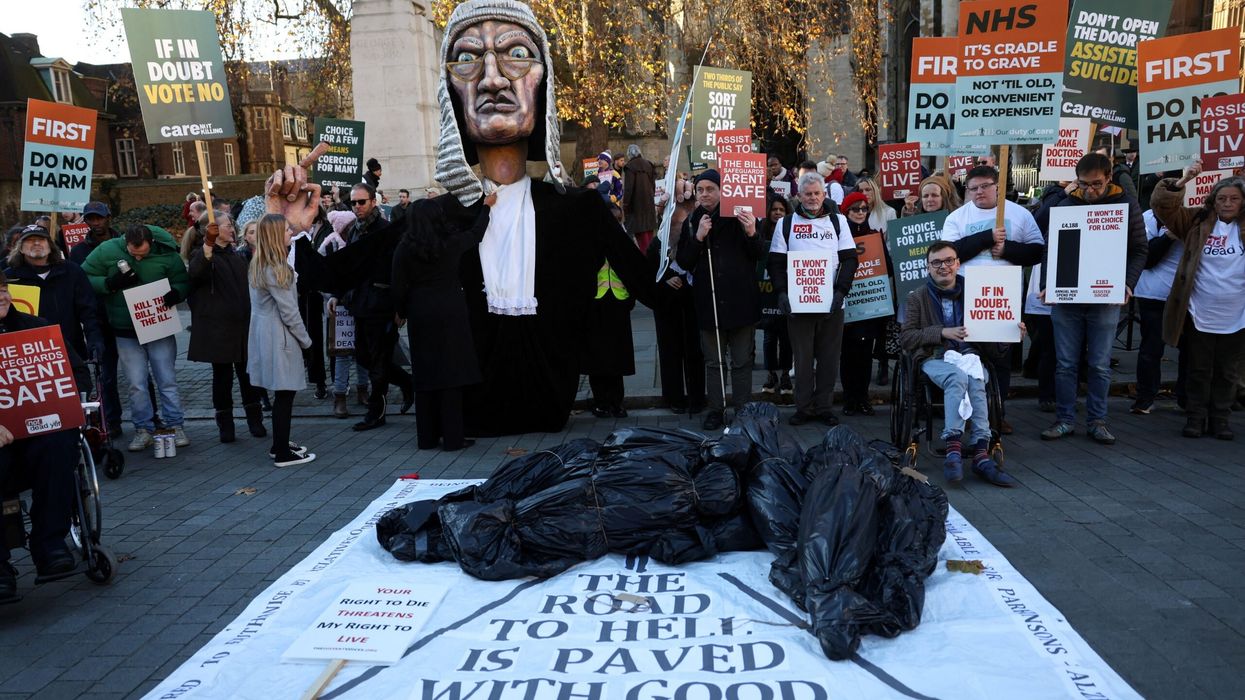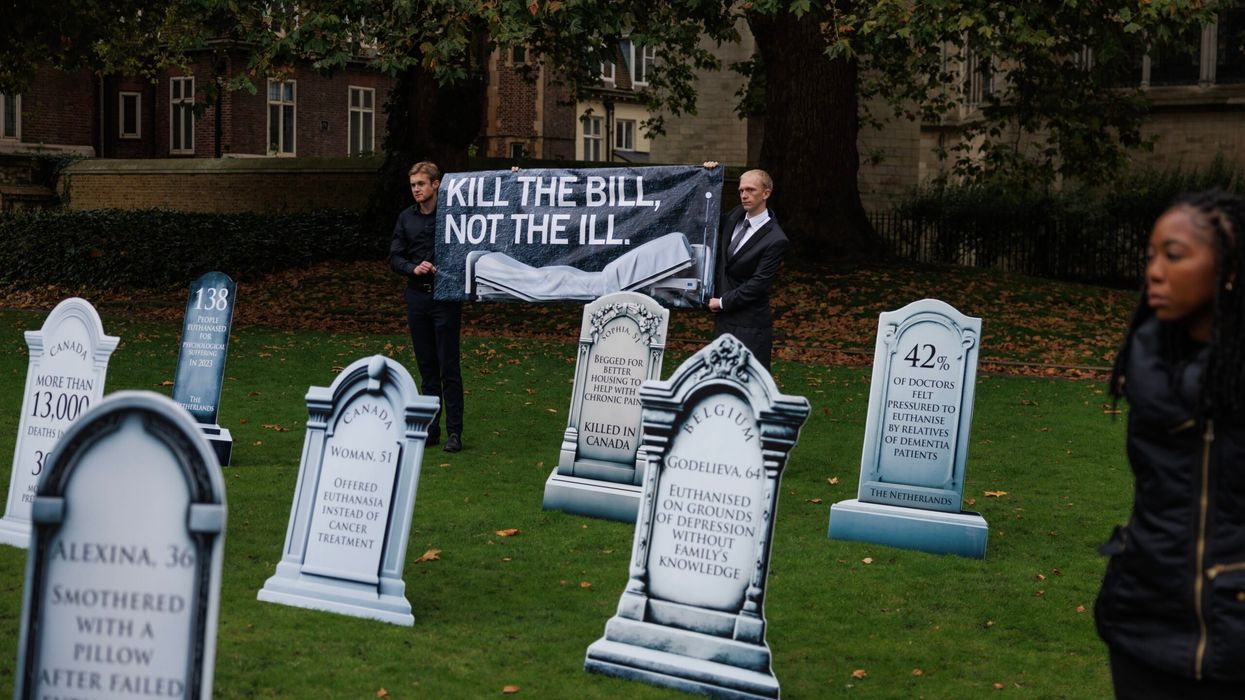By Amit Roy
SOMETHING was lost when the Shiv Sena, a regional party, came to power in Maharashtra in 1995 and changed the name of India’s financial capital Bombay – which it felt had colonial links – to Mumbai to reflect its Maratha origins and association with goddess Mumbadevi.
But the old Bombay was a much more cosmopolitan and tolerant place, compared with the strident politics of the new Mumbai.
That lifestyle is reflected in the life and times of a Danish couple, Gunnar and Inger Hansen, whose collection of 18 paintings by such artists as Vasudeo S Gaitonde, Ram Kumar, Krishen Khanna, Mohan Samant and Piraji Sagara, is to be auctioned by Sotheby’s on September 29.
Gunnar found refuge in Bombay when his own country was overrun by the Germans. The 26-year-old electrical engineer found work with Larsen & Toubro (known as L&T), a firm founded in 1938 in Bombay by two fellow Danes.
“The Hansens moved into a colonial style bungalow on Pali Hill and bought their first car, a Morris Oxford,” according to their family history. “They immersed themselves in the Bombay life of a newly independent India, enjoying their time as young, successful newlyweds.”
Their three children, Marianne, Peter and Torben, were all born in the city.
“The family moved a short distance to a modern bungalow facing the sea. There they enjoyed a golden period of contentment.
“Evenings were passed on the veranda with the sea breeze, where Hansen would enjoy a whisky soda and his wife, a Campari soda, while weekends were often spent on Juhu beach. The family went on long walks, swam and visited L&T’s beach shack.
“Weekends not at Juhu were often spent in Bombay: brunch at the Taj Hotel, a visit to the Strand Book Stall, and a nimbu pani at the Bombay Gymkhana on the way home. Through their frequent visits to Gallery Chemould and Pundole Art Gallery, the couple became involved in the Indian arts scene.”
The Hansens lived in Bombay for 23 years until they returned to Denmark in 1973. Their children are now selling some of their parents’ Indian paintings. One assumes they will always retain memories of their parents’ Bombay idyll and their own childhood growing up in India.











